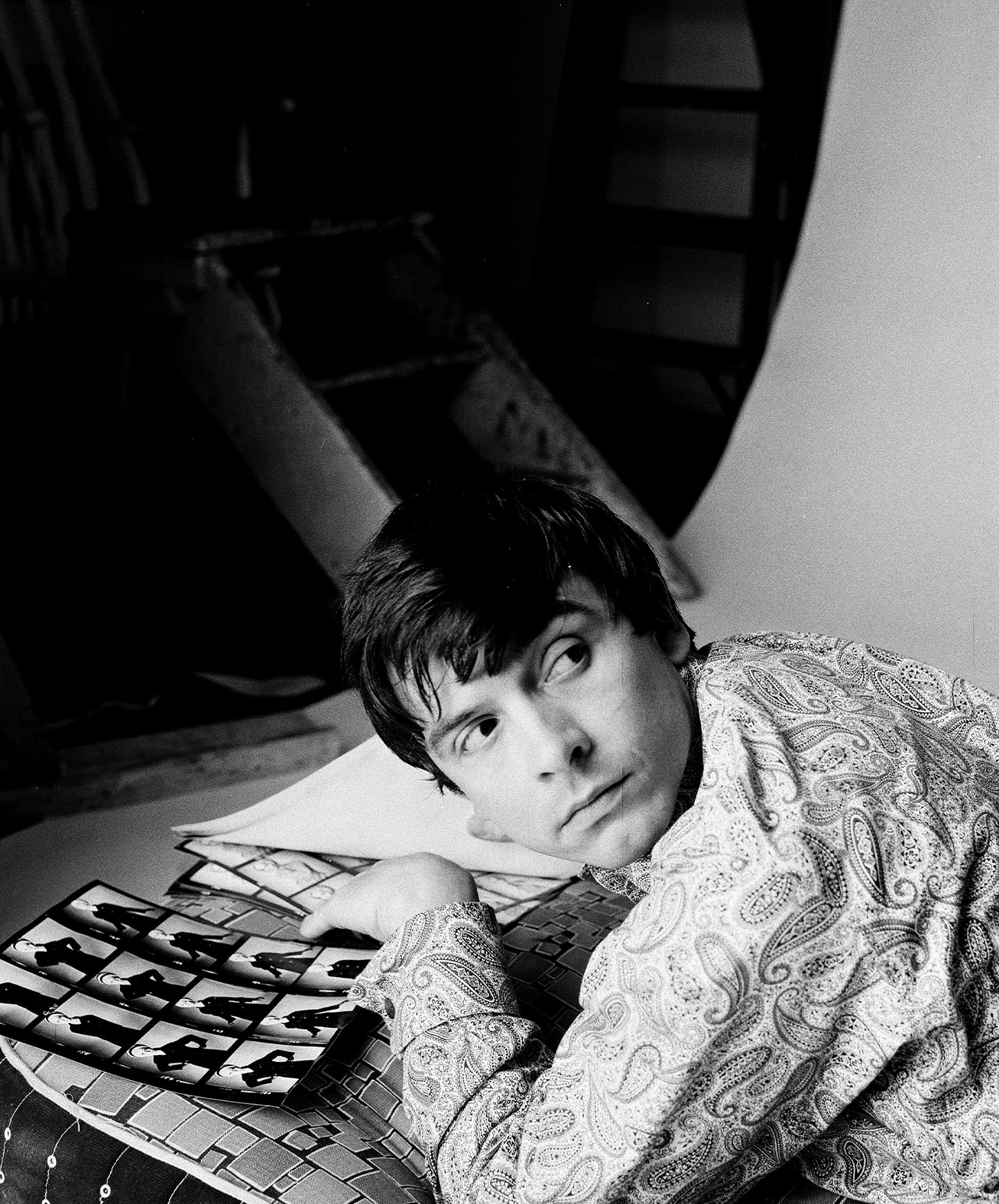
To use this site, you must be of legal age to buy and consume alcohol in your country of residence. If there is no legislation in this regard in your country, you must be at least 18 years old.
Please enter your year of birth.
You are not old enough to view this content in your country.
-
UK

By visiting this website you are agreeing with out Legal Notices and Terms, our Privacy Policy and our Cookies Policy




.jpg)


.jpg)



.jpg)
